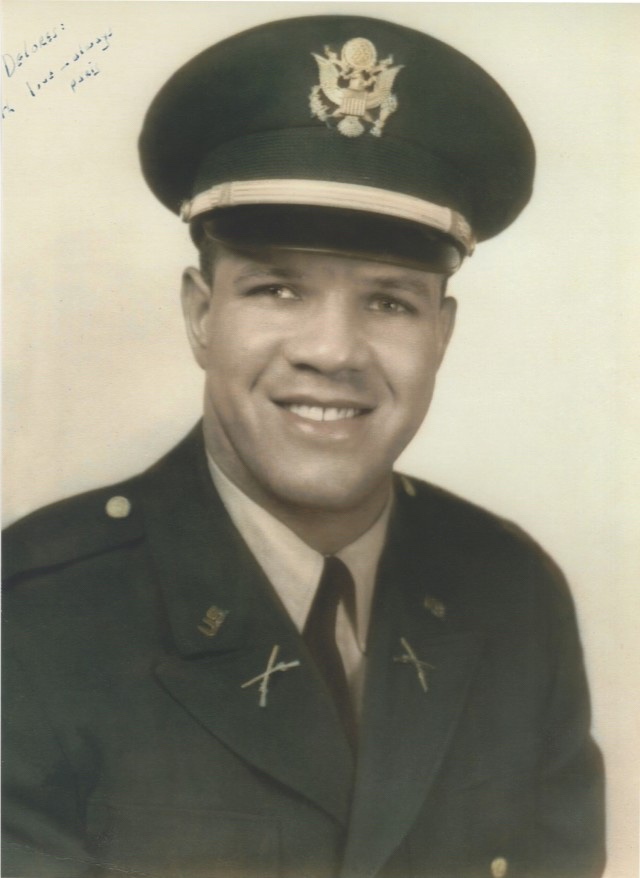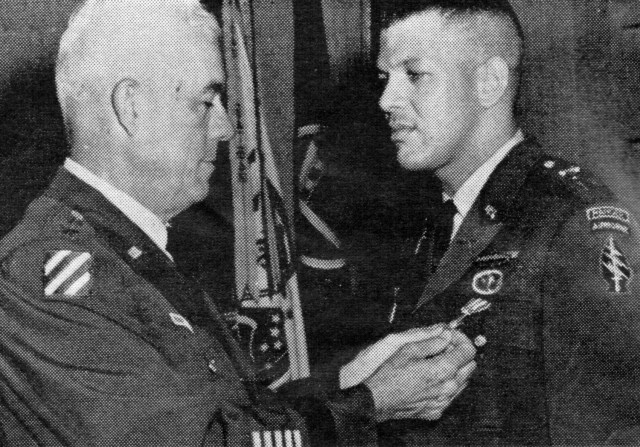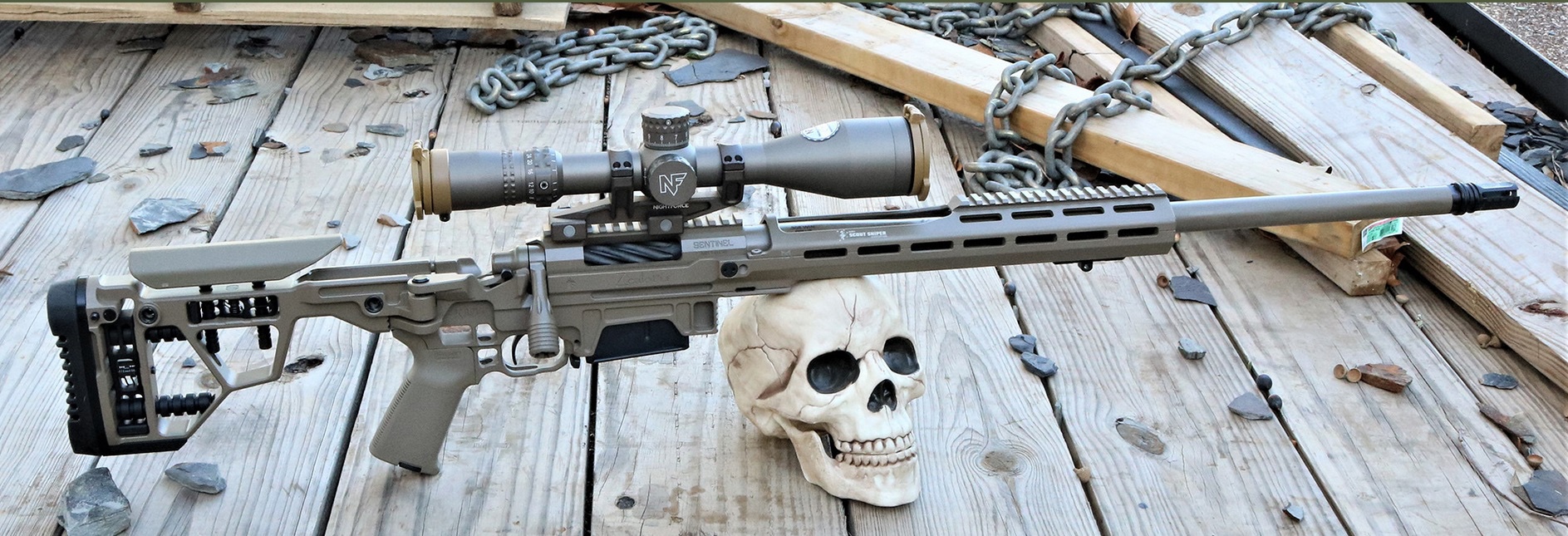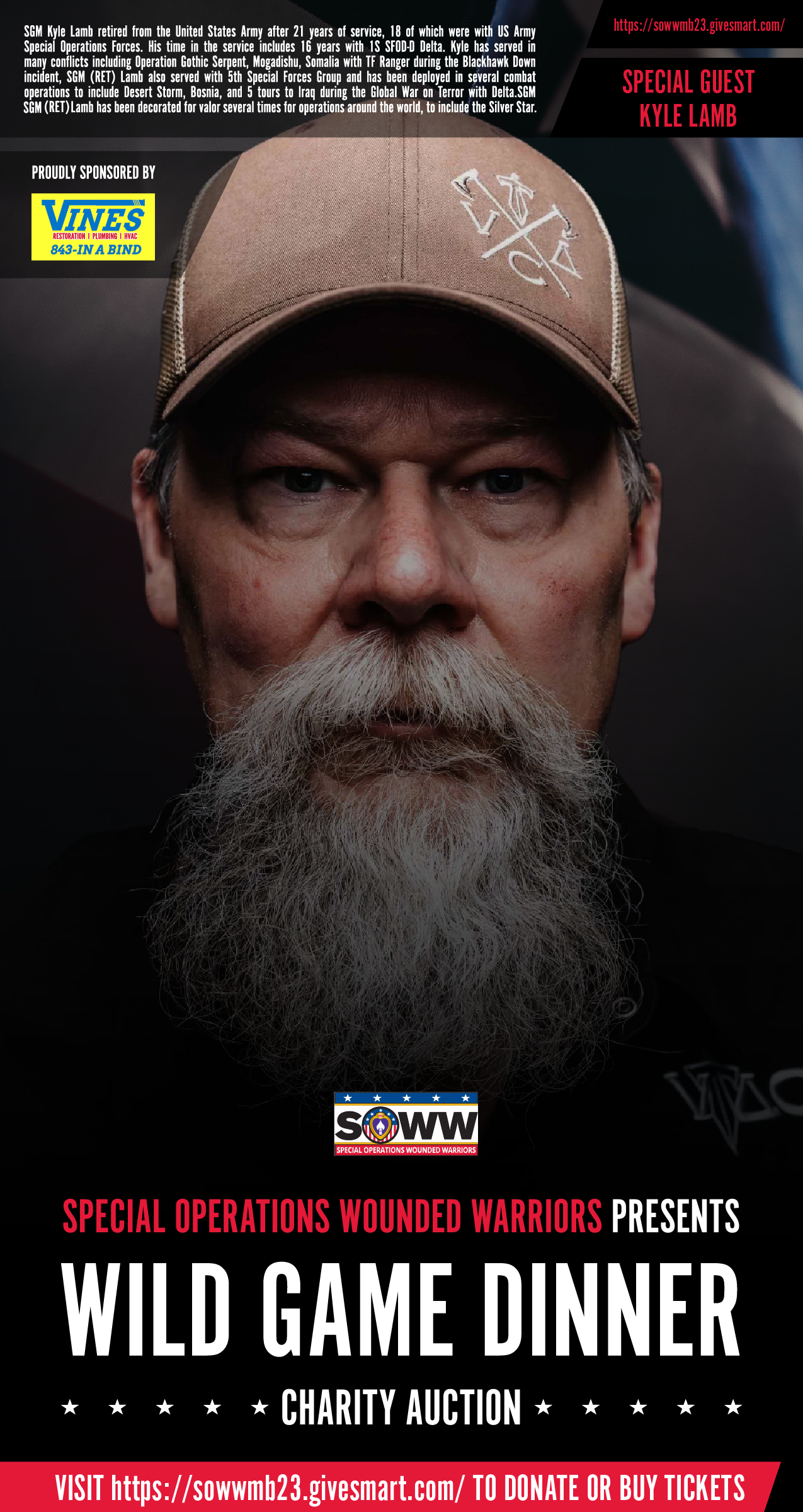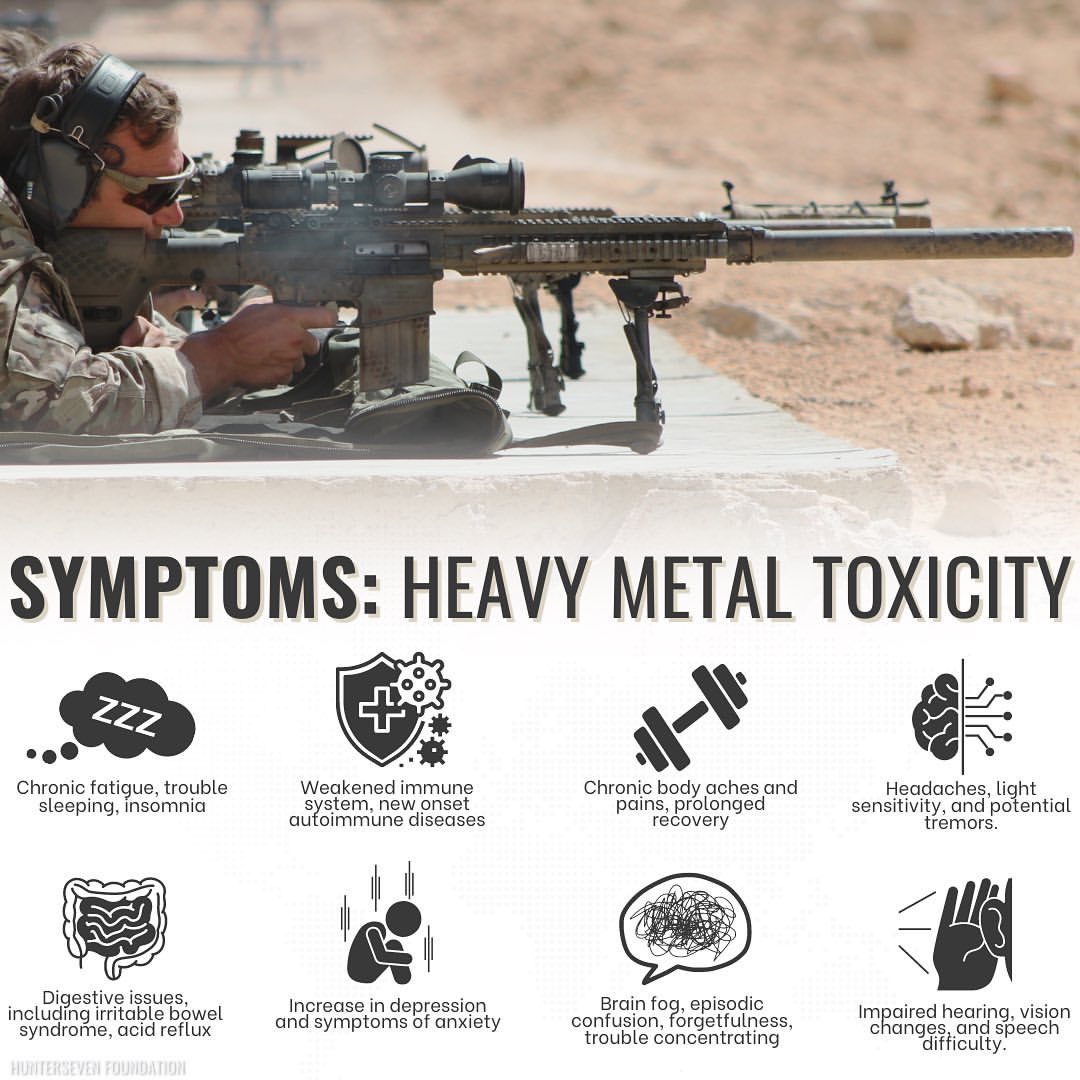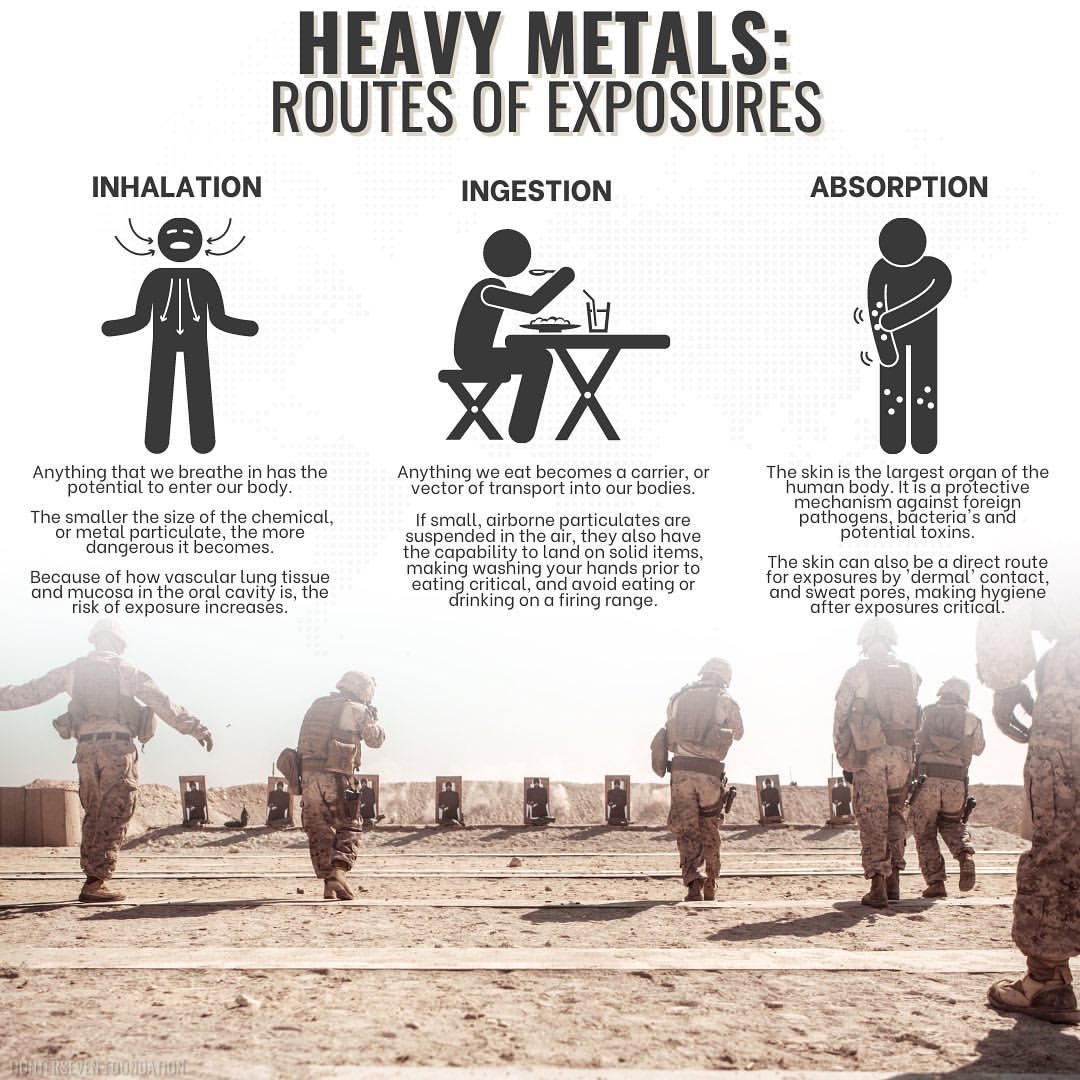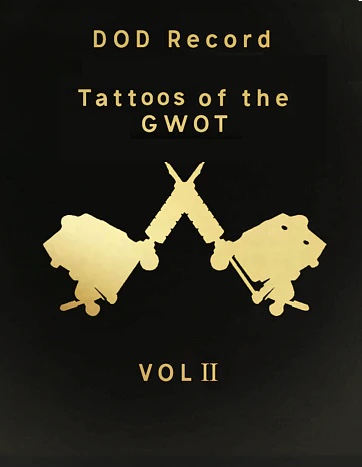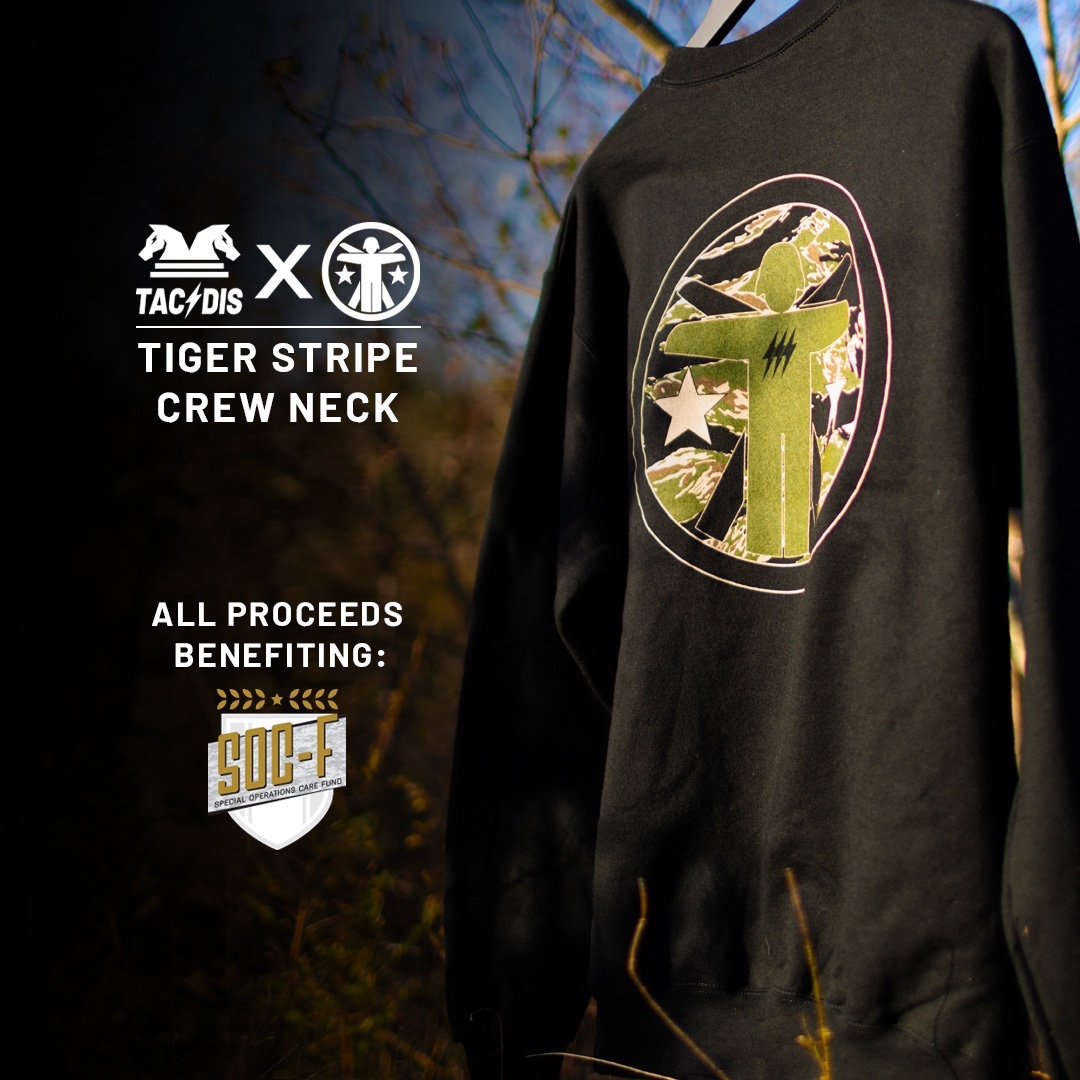We recently had a death in the family and we’ve had to deal with DFAS and the VA so I thought it would be worth posting again.
If you are retired military (or DoD/USG Civilian), please save this and pass it to your family so they know what to do with your retired pay, SBP, VA, DEERS, VGLI and Social Security when you pass.
Retired pay ends when the retiree dies. Survivors must promptly report a retiree’s death to help avoid delays and possible financial hardship to surviving annuitant beneficiaries, family members or executors who will be required to reimburse any retired pay overpayments.
Please follow the steps below to report the death of a military retiree:
Step 1 – Notify the Defense Finance and Accounting Service (DFAS) Casualty Care Team at 1-800-321-1080. Please have the retiree’s Social Security Number and the date of death when you call.
Upon notification, DFAS will begin to close out the pay account to prevent any overpayments.
Step 2 – Contact your financial institution and inform them of the death of the retiree.
Step 3 – Within 7-10 business days of reporting the death to DFAS, you should receive a condolence letter.
If the member is due arrears of pay you will also receive a Claim for Unpaid Compensation of Deceased Member of the Uniformed Service (SF 1174).
If the decedent was enrolled in the Survivor Benefit Plan or the Retired Serviceman’s Family Protection Plan, you should also receive an Annuity Care Package for completion and return.
Step 4 – Complete the SF 1174 you received with your condolence letter and return with a copy of the retiree’s Death Certificate that reflects cause of death to:
DFAS U.S. Military Retired Pay
Defense Finance and Accounting Service
U.S. Military Retired Pay
8899 E 56th Street
Indianapolis IN 46249-1200
If you need assistance completing your claim form please contact the DFAS call center at 800-321-1080.
Contact List: In addition to notifying DFAS, you should also notify the following agencies/departments as soon as possible:
* Social Security Administration at 800-772-1213.
* Defense Enrollment Eligibility Reporting System at 800-538-9552.
* Department of Veterans Affairs (VA) at 800-827-1000 for military retirees receiving disability compensation.
* Office of Personnel Management at 888-767-6738 if the member was a current or retired federal civilian employee.
* VA at 800-669-8477 for retirees enrolled in a VA-sponsored life insurance policy, such as National Service Life Insurance.
* Office of Servicemember’s Group Life Insurance at 800-419-1473 for retirees enrolled in Veteran’s Group Life Insurance.
Information provided by CSM Jeff Mellinger (USA, Ret)


